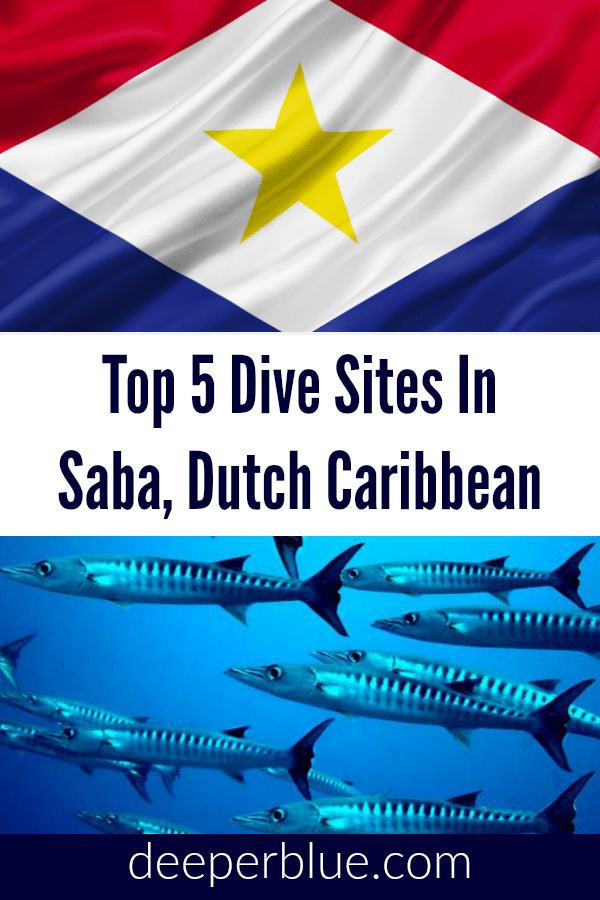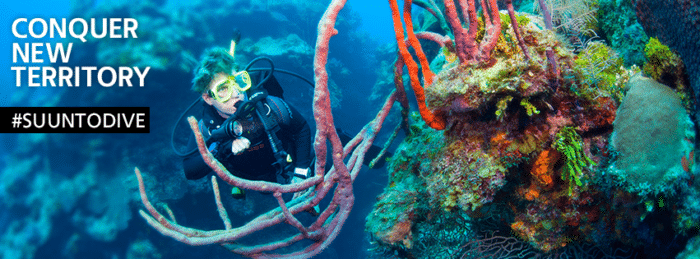Saba is a small, rugged volcanic island that rises up from the depth of the ocean. This incredible island is located in the Caribbean and has a real European feel to it. The residents on this spectacular island refer to it as ‘The Unspoiled Queen”. Home to pristine reefs, excellent visibility, awe-inspiring pinnacles and stunning marine life, all protected by Saba Marine Park. Saba has so much to see on land as well as under the surface. The Saba Conservation Foundation protects all wildlife on this magnificent island.
As this is a volcanic island it should come at no surprise that the underwater rock formations are a sight that would impress even the most traveled of divers. Saba has the perfect mix of dive sites to suit all levels of divers. From the beautifully colored corals in the shallows to exhilarating fast-paced drift dives, to bottomless drop-offs, this place has it all.
Location
Top 5 Dive Sites In Saba
Diamond Rock
Diamond Rock is one of three dive sites found within a protected cove that has formed between Wells Bay and Torrens Point. This dive site has a maximum depth of around 24m and is peppered with tunnels; swim-throughs, caverns and a giant pinnacle all waiting to be explored. This dive site is subject to fast-moving currents that bring with it swarms of Plankton, which attracts schools of Horse-eye Jack and Barracuda. These currents also provide the perfect environment for drift diving. This is one of the best locations to see marine life. Look out for flying Gurnards, Batfish and Yellowhead Jawfish.
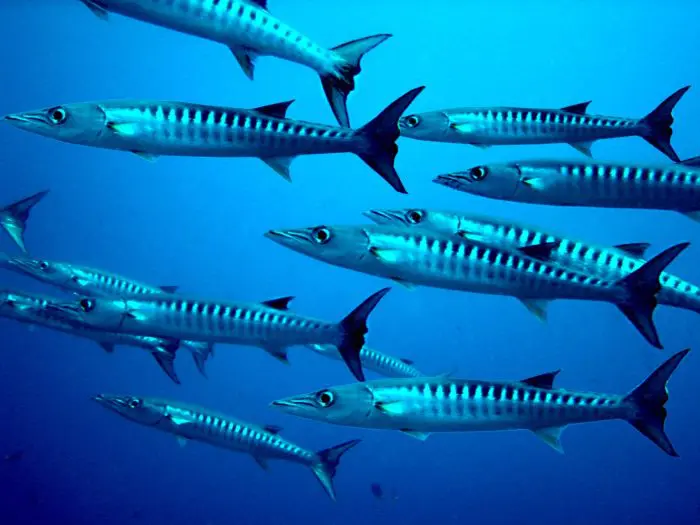
Man O’ War Shoals
This dive site consists of two huge pinnacles rising up form the seabed, which nearly reach the surface. There is a spectacular swimthough between the two peaks. You’ll also find incredible and diverse marine life at this location including Barracuda, Lobster, Black Coral, Sand Tilefish, Atlantic Spadefish and African Pompano. If you’re taking a trip to Saba do not miss this dive off your list.
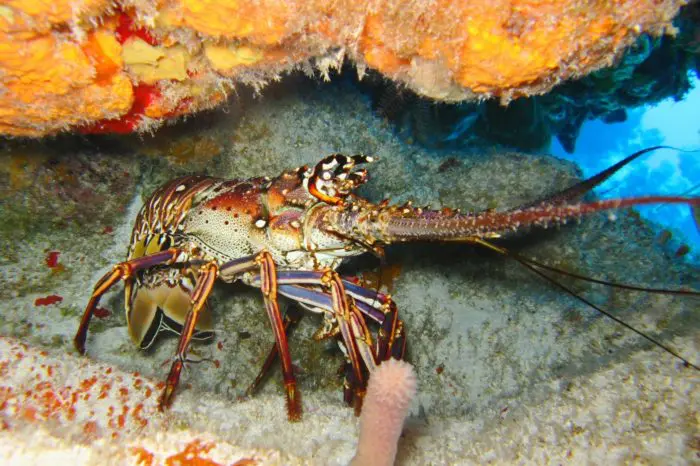
Eye Of The Needle
If you’re an advanced open water diver, this is a great dive site for you. This pinnacle reaches roughly 30m deep and is usually surrounded by Sharks, Rays and plenty of reef fish. This is also a great dive site for the diving photographers out there as Groupers and Turtles can be found around the pinnacle, providing perfect opportunities for photos. The coral here is also beautiful with large sea fans and giant sponges to look at.
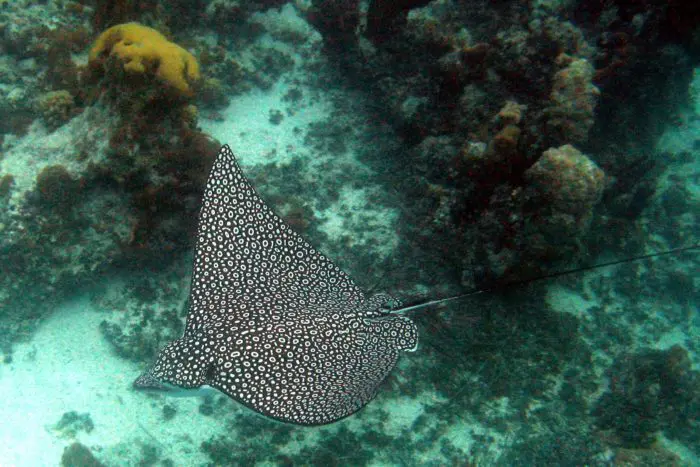
Greer Gut
Greer Gut is one of the Windwardside dive sites and can be affected by both weather and strong currents. This beautiful dive site is a coral reef dive located approximately 18m below sea level. The coral reefs surrounding the island are usually formed from volcanic rock, however, this dive site is a true coral reef covered with hard corals. If you could see the dive site from a birds-eye-view you’ll notice that it is a group of small coral islands in the shape of a Seahorse. These coral islands are separated by sand channels and sand flats that are covered in large barrel sponges. The coral formations at this dive site provide beautiful overhangs for Green Moray Eels, Batwing Coral Crabs, schools of Goatfish, Large Barracuda and Conch.

Tent Reef
This dive site is located on the Tent Reef, which is home to 4 individual dive sites. This site starts at 4m below the surface and goes down to 15m. This dive is perfect for a night dive, as you’ll see Turtles, Lobster, Octopus and other kinds of nocturnal marine species. At this site you’ll also find a mini-wall, giant boulders, rock formations and dramatic swimthroughs. Look out for Cherubfish, Hawksbill Turtles, Scorpion Fish, Frogfish and Long Snout Seahorses.
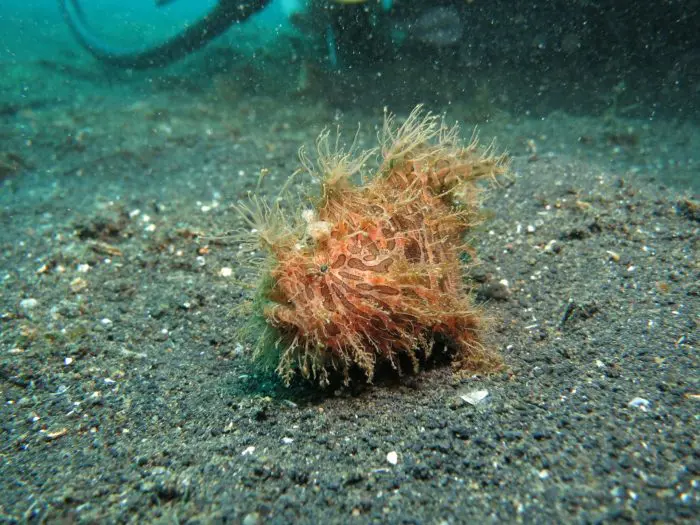
There are a number of excellent dive sites found around the small island of Saba, so if you know of one that hasn’t been mentioned on this list, let us know about it in the comments below.
Brought To You By
This guide is brought to you by Suunto. We recommend that you use a Suunto Dive Computer when diving one of these dive sites. Suunto is the world’s leading dive computer designer and manufacturer providing diving instruments for recreational, technical and freediving. You can find out more at Suunto.com.


